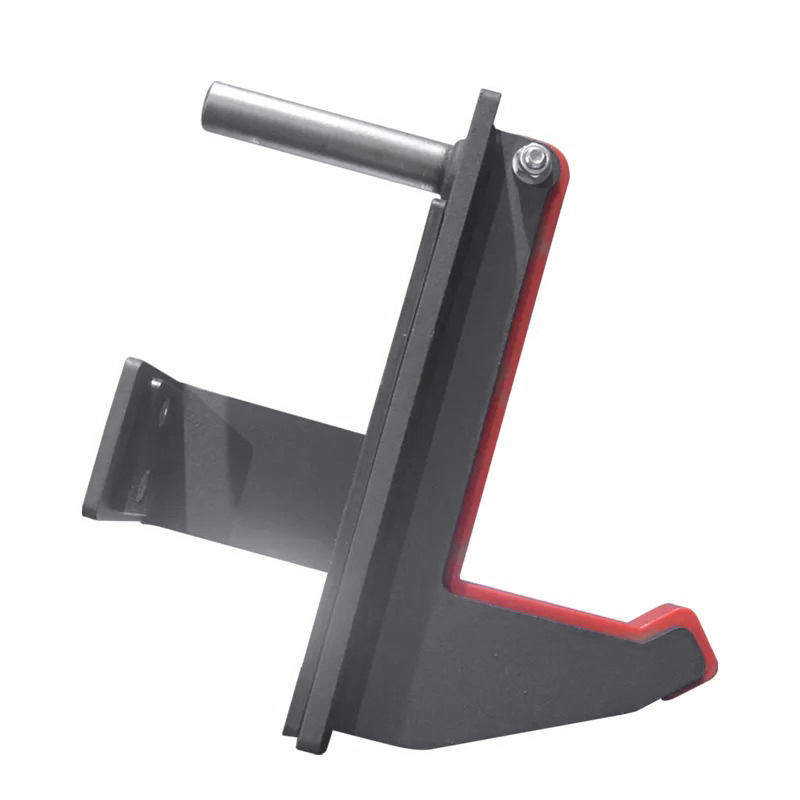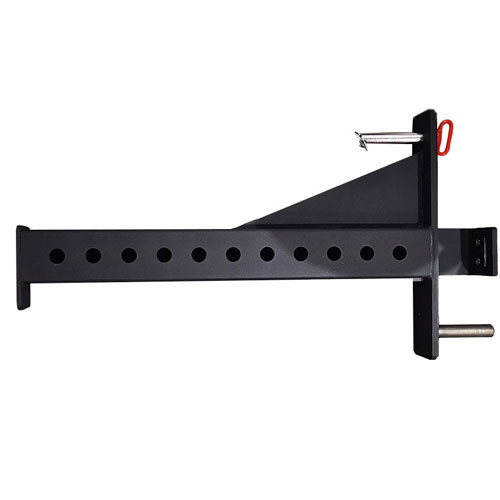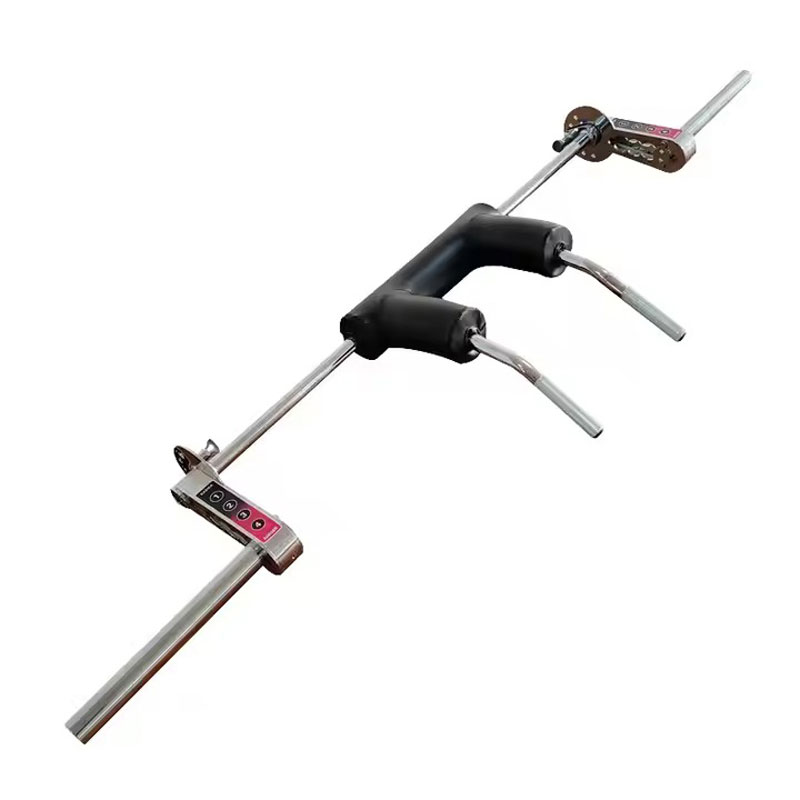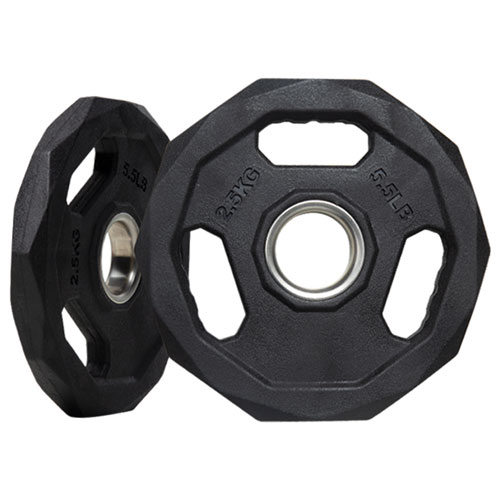5 Barbell Lifting Mistakes to Avoid
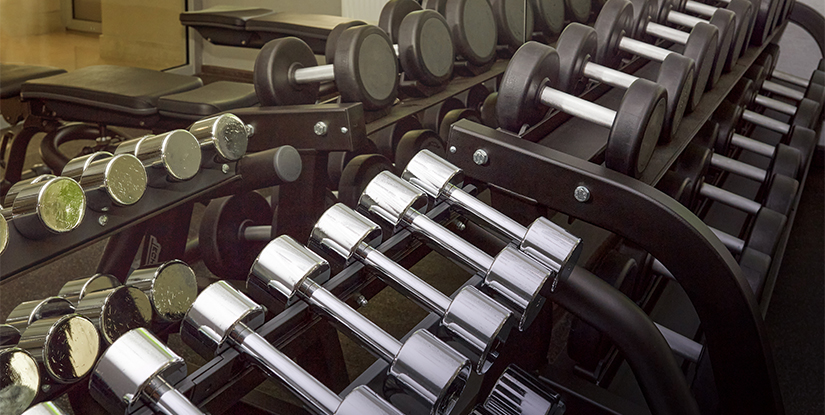
Embark on a journey to barbell mastery by avoiding these insidious pitfalls that can derail your progress, hinder your gains, and compromise your well-being. With a keen eye for detail and an unwavering commitment to safety, let's delve into the five cardinal sins of barbell lifting, illuminating the path towards optimal performance and fulfilling your fitness aspirations.
Using Improper Form
The Perils of Poor Form
Executing lifts with improper form is akin to inviting disaster. Not only does it limit your strength potential, but it also exposes you to a myriad of injuries that can sideline your training and cast a shadow over your fitness endeavors.
Common Form Flaws and Their Consequences
- Squatting with Knees Caving In: This common error places undue stress on the knees, potentially leading to wear and tear on cartilage and ligaments.
- Bench Pressing with Excessive Arching: An exaggerated arch elevates the shoulders, increasing the likelihood of impingement and shoulder impingement syndrome.
- Deadlifting with Rounded Back: Lifting with a rounded back places immense strain on the lower back, making it vulnerable to herniated discs and muscle strains.
Essential Form Tips for Optimal Results
- Maintain a Neutral Spine: Keep your spine straight throughout the lift, ensuring that your lumbar region doesn't arch or round excessively.
- Engage Your Core: Engage your abdominal muscles to stabilize your trunk and prevent lower back injuries.
- Grip the Bar Correctly: Use an overhand grip that allows you to create a secure connection with the bar, distributing the weight evenly across your hands.
Ignoring Warm-Up and Cool-Down
The Significance of Warming Up
Skipping a warm-up is a recipe for disaster, depriving your body of the opportunity to prepare for the strenuous activity that lies ahead. It increases the risk of strains, sprains, and tears that can cripple your fitness journey.
Benefits of a Thorough Warm-Up
- Enhanced Blood Flow: A warm-up increases blood flow to your muscles, supplying them with oxygen and nutrients essential for optimal performance.
- Improved Flexibility: Warming up your muscles and joints increases their range of motion, reducing the likelihood of injuries.
- Injury Prevention: A well-executed warm-up prepares your body for the demanding movements of barbell training, minimizing the risk of muscle strains and tears.
The Importance of Cooling Down
Just as a cool-down is crucial in preventing injuries, it also promotes recovery. By gradually reducing your heart rate and blood pressure, a cool-down allows your body to transition smoothly from intense exercise to a state of rest.
Steps for an Effective Warm-Up and Cool-Down
- Dynamic Warm-Up: Perform light cardio exercises such as jumping jacks and arm circles to increase body temperature and prepare your muscles for more strenuous activity.
- Specific Warm-Up: Engage in exercises that mimic the movements of the barbell lift you'll be performing, gradually increasing the weight or resistance.
- Cool-Down: Reduce your intensity and perform static stretches to increase flexibility and promote relaxation.
Neglecting Joint Mobility and Flexibility
The Importance of Joint Mobility and Flexibility
Possessing adequate joint mobility and flexibility is paramount for safe and effective barbell training. Restricted joint mobility can limit your range of motion, hinder your ability to perform lifts correctly, and increase the risk of injuries.
How Joint Mobility and Flexibility Affect Barbell Lifts
- Shoulder Mobility for Overhead Press: Limited shoulder mobility can prevent you from fully extending your arms overhead, compromising the effectiveness of overhead presses.
- Hip Mobility for Deadlifts: Insufficient hip mobility can hinder your ability to hinge at the hips, compromising the form and execution of deadlifts.
- Ankle Mobility for Squats: Restricted ankle mobility can limit your ability to squat deeply, reducing the effectiveness of this crucial exercise.
Strategies to Enhance Joint Mobility and Flexibility
- Dynamic Stretching: Perform dynamic stretches that involve moving your joints through their full range of motion, increasing their mobility and flexibility.
- Static Stretching: Hold static stretches for an extended period to lengthen muscles and increase their range of motion.
- Foam Rolling: Use a foam roller to apply pressure to your muscles, releasing tension and improving flexibility.
Lifting Too Heavy or Too Light
The Dangers of Lifting Too Heavy
While pushing yourself is essential for progress, attempting to lift excessive weight beyond your current capabilities can lead to serious injuries and setbacks. Lifting too heavy can strain your muscles, tendons, and ligaments, hindering your progress and potentially sidelining you for an extended period.
The Perils of Lifting Too Light
On the other end of the spectrum, lifting too light provides minimal stimulus for growth and strength development. It fails to challenge your muscles sufficiently, hindering your progress and limiting your potential gains.
Determining the Optimal Weight
- Gradual Progression: Start with a weight that is challenging but allows you to maintain proper form throughout the exercise. Gradually increase the weight as you grow stronger.
- Autoregulation: Pay attention to your body's feedback. If you experience pain or excessive fatigue, reduce the weight or volume of your workout.
- Form Over Weight: Always prioritize proper form over lifting the heaviest weight possible. Focus on executing each rep with impeccable technique.
Overtraining and Insufficient Rest
The Consequences of Overtraining
Overtraining is a common pitfall that can sabotage your fitness goals. Pushing your body too hard without allowing adequate rest can lead to burnout, injuries, and a plateau in your progress.
Signs of Overtraining
- Chronic Fatigue: Feeling perpetually exhausted, even after a good night's sleep.
- Reduced Performance: Noticeable decline in strength, endurance, and overall performance.
- Increased Susceptibility to Injuries: Overtraining weakens your immune system, making you more vulnerable to injuries.
The Importance of Rest
Rest is an indispensable component of any training program. It allows your body to recover, repair, and rebuild, preparing you for your next workout.
Optimal Rest Strategies
- Adequate Sleep: Aim for 7-9 hours of quality sleep each night.
- Rest Days: Incorporate rest days into your training schedule to allow your body to recover.
- Active Recovery: Engage in light activities such as walking or light cardio on rest days to promote blood flow and aid recovery.
Conclusion
Embracing these essential principles will propel you towards barbell mastery, unlocking your full potential and safeguarding your well-being in the realm of strength training. By resisting improper form, prioritizing warm-up and cool-down, enhancing joint mobility and flexibility, selecting optimal weights, and respecting the importance of rest, you'll conquer the pitfalls that often derail fitness aspirations and forge an unbreakable bond with the barbell. Remember, the journey to strength and fitness is a marathon, not a sprint. Enjoy the process, celebrate your triumphs, and never cease to pursue excellence.
FAQ About Barbell Training
1. How often should I train with barbells?
It depends on your fitness level and goals. Beginners should start with 2-3 sessions per week, allowing at least one rest day between sessions. Advanced lifters can train 4-5 times per week, focusing on different muscle groups each session.
2. What is the best way to improve my form?
Start with lighter weights and focus on mastering the movement patterns. Consider working with a certified trainer or using video analysis to identify and correct any form flaws.
3. Can I build muscle with barbells alone?
Yes, barbell training is highly effective for building muscle. Compound lifts like squats, deadlifts, and bench presses engage multiple muscle groups, promoting overall muscle growth.
4. How do I know if I'm lifting too heavy?
If you're unable to maintain proper form, experience pain during or after lifting, or feel excessively fatigued, you may be lifting too heavy. Reduce the weight and focus on technique.
5. What should I do if I feel pain during a lift?
Stop immediately and assess the situation. Pain is a sign that something is wrong. Consult a healthcare professional or trainer to identify the cause and prevent further injury.


